A 16-member team of Swiss university students—led by Dr. Josef Mayr, Marco Job and Dominic Schmid—may have designed the future of electric motorcycles, even if its project never gets off the ground. With a reported 250-mile range, we say Yes, please, to the Ethec.
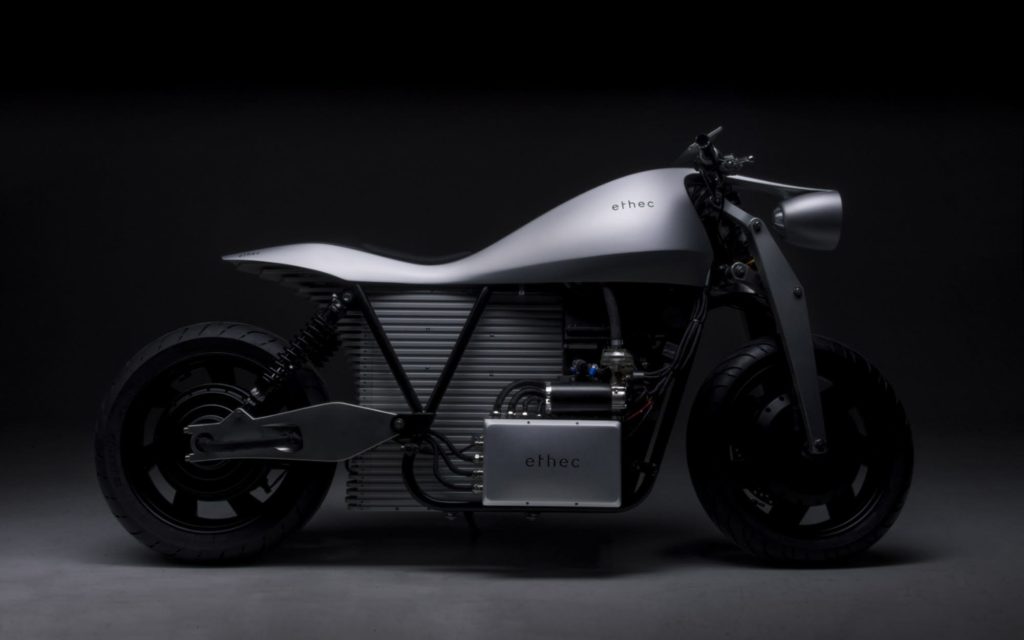
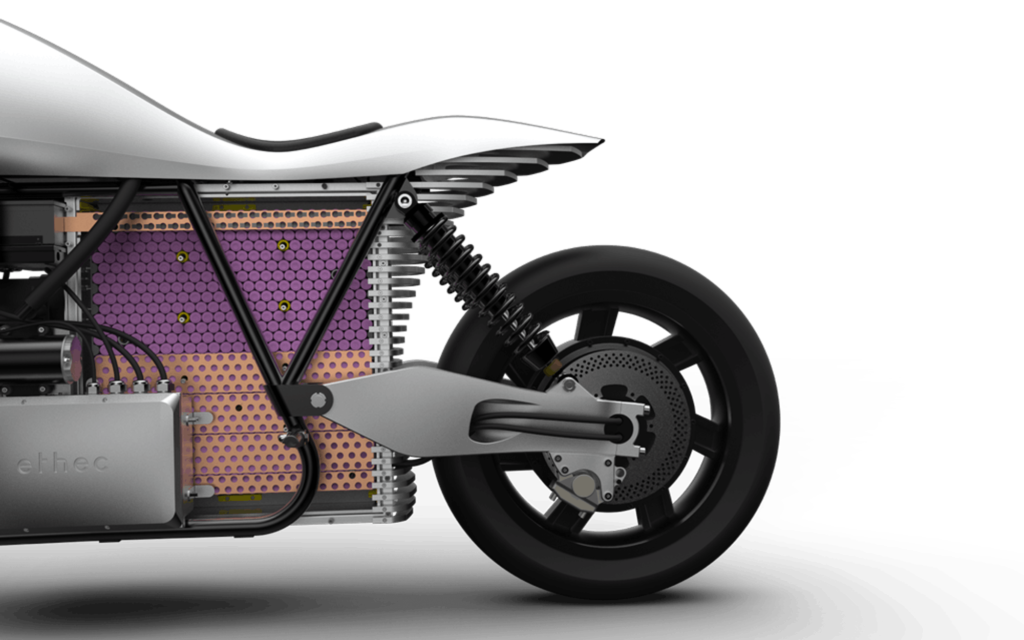
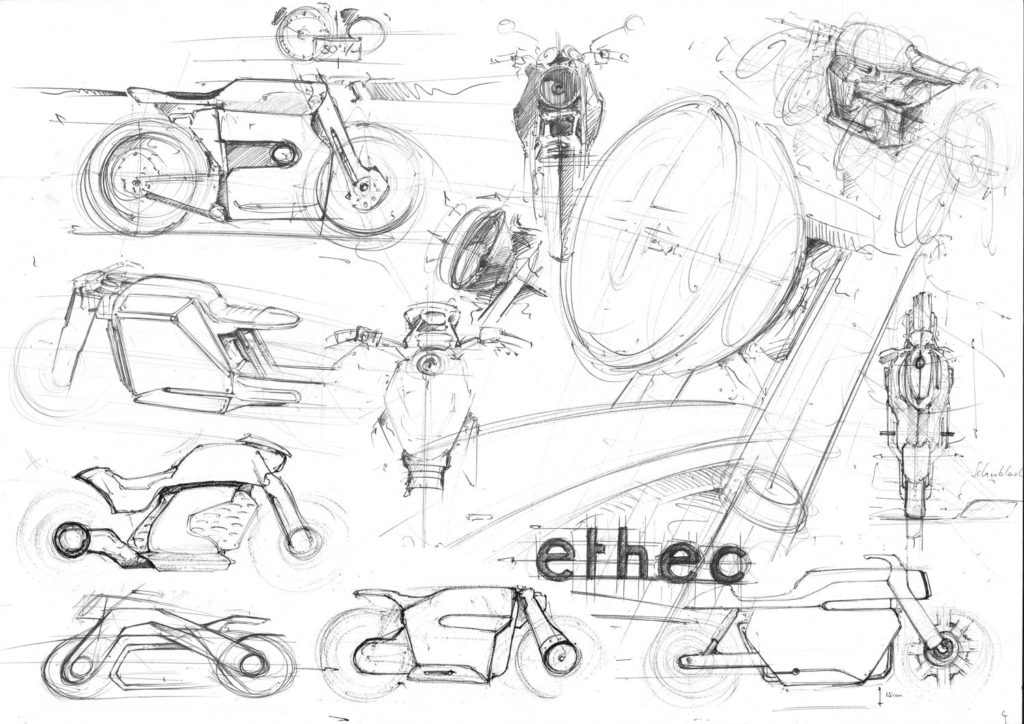
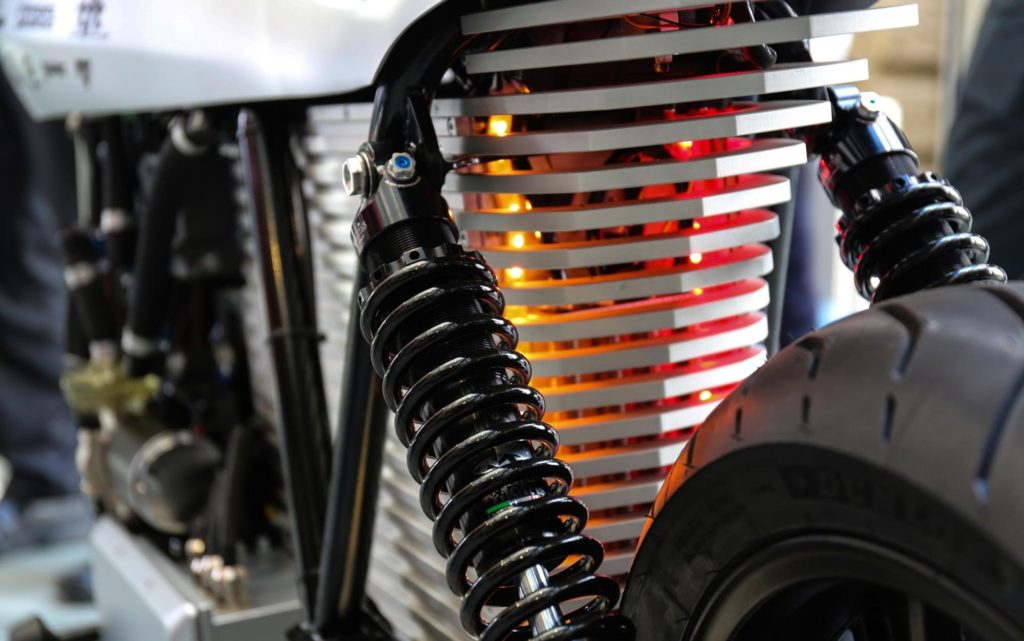
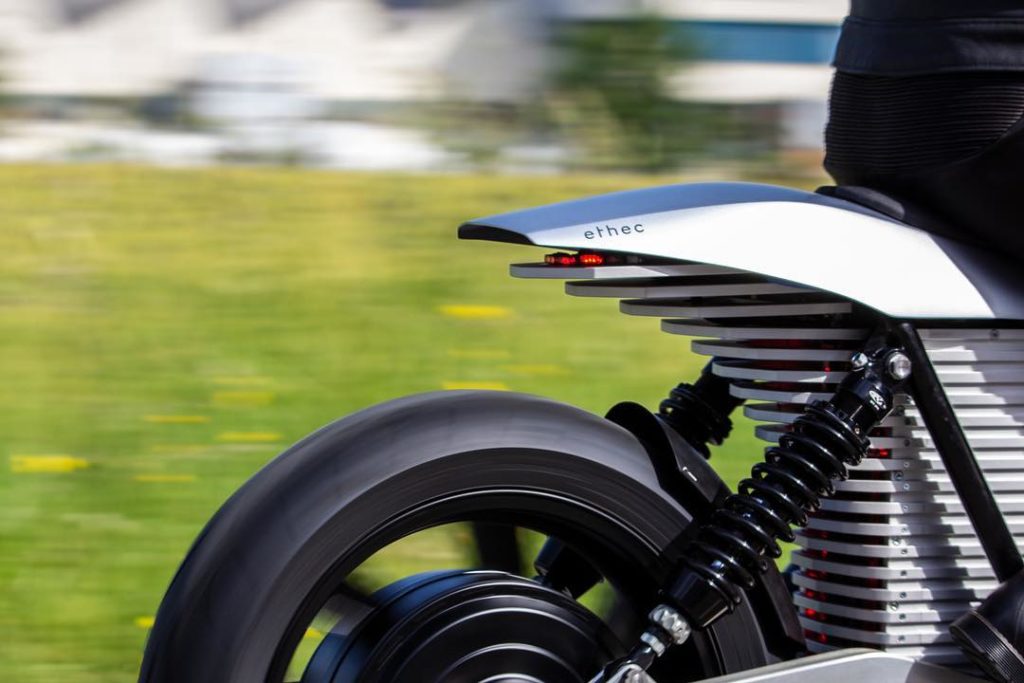
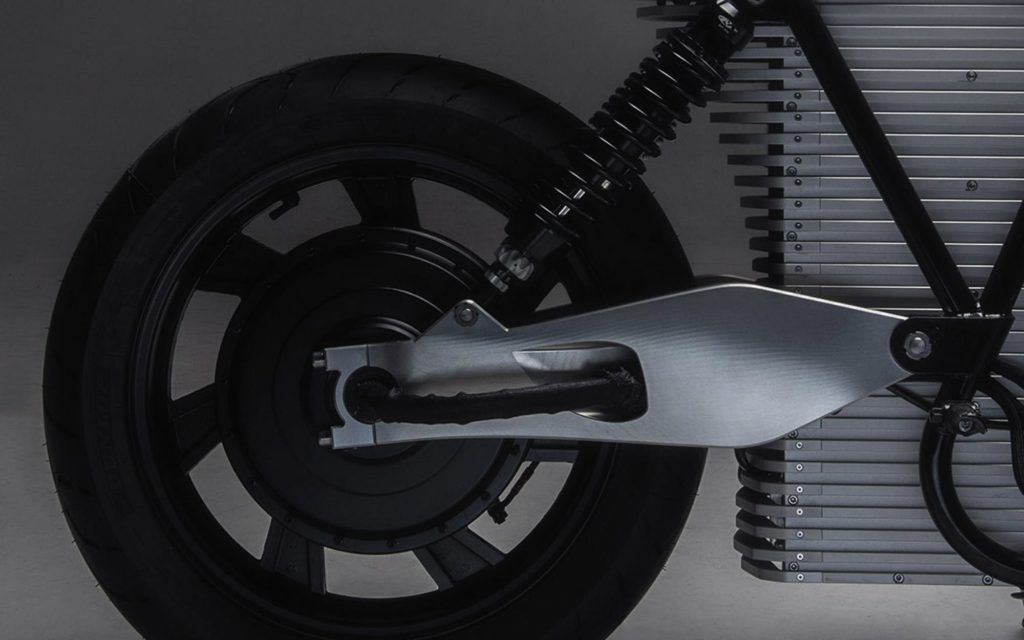
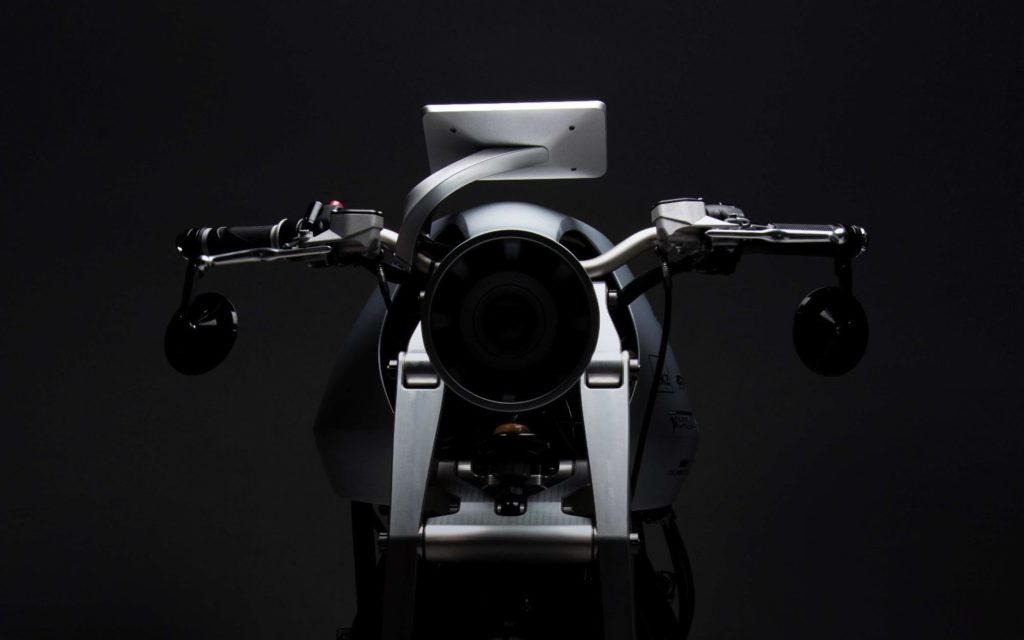
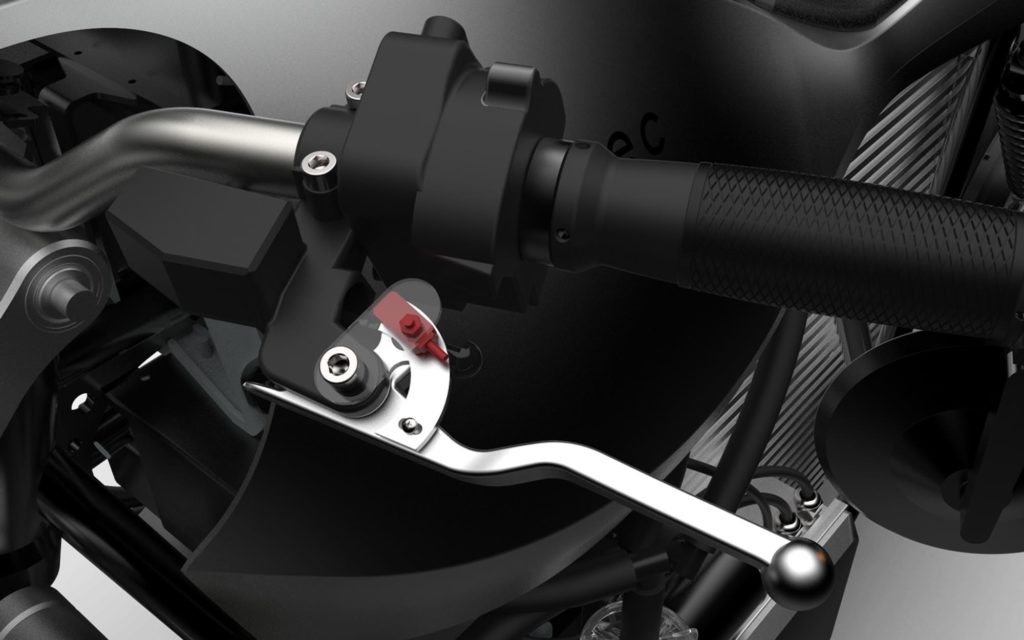
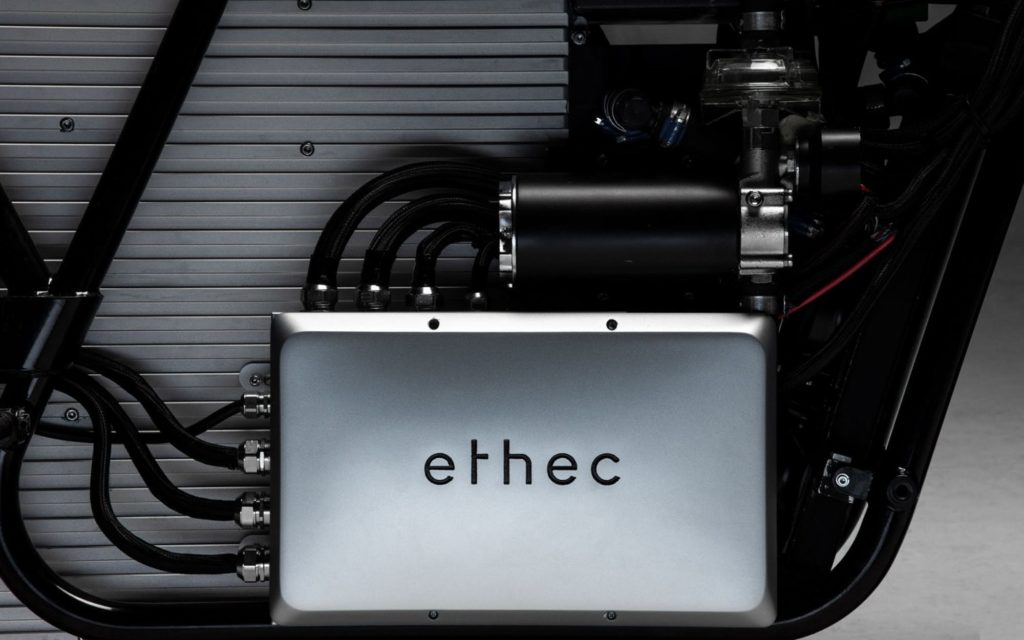

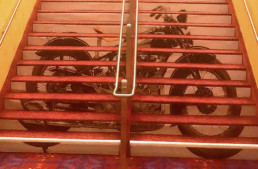
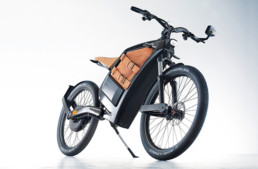
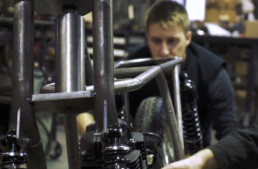
totally inspirational
Hello! Quick question that’s entirely off topic.
Do you know how to make your site mobile friendly? My weblog looks weird when browsing from my iphone 4.
I’m trying to find a template or plugin that might be
able to correct this problem. If you have any suggestions, please share.
Thank you!